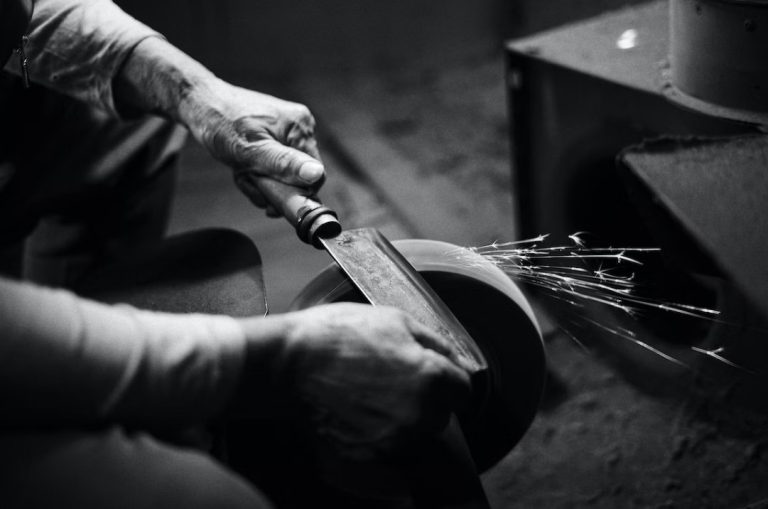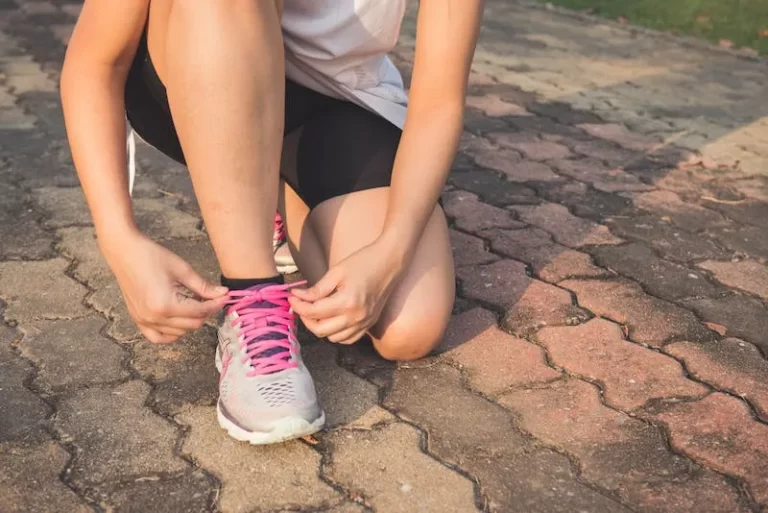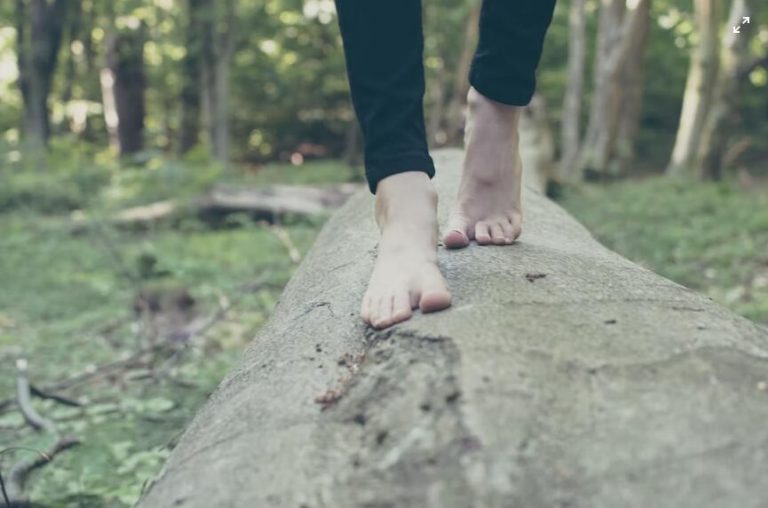Understanding Supination Flat Feet & How to Treat Them Effectively
Supination flat feet, also known as underpronation, is a foot condition in which the foot rolls outward excessively when walking or running. This condition can cause various issues and discomfort, but fortunately, there are effective treatment options available. In this comprehensive guide, we will explore the causes, symptoms, and treatment options for supination flat feet, empowering you to address this issue and find relief.
What are Supination Flat Feet?
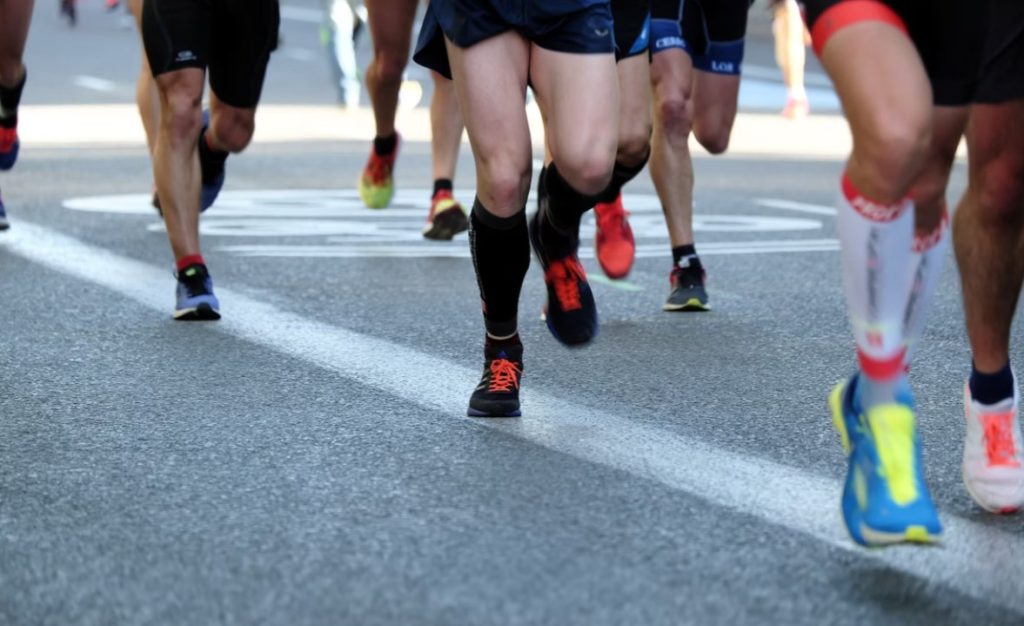
Supination flat feet are a form of pes planus, or “flat feet.” In this condition, the bones in your forefoot (the metatarsals) don’t align with each other properly and collapse inward when you stand on them. This causes them to be more vertical than they should be–hence the term “supination.”
The symptoms of supination flat feet are similar to those associated with other types of flat feet: pain at the arch or ball of your foot; swelling on either side of your heel; tight Achilles tendons; increased pressure on nerves that run through this area; and numbness in toes due to compression while standing or walking. If left untreated over time, these problems can lead to arthritis in joints throughout your lower body as well as early wear-and-tear injuries such as plantar fasciitis (inflammation) or Achilles tendonitis (inflammation).
Understanding the Foot Arch
You may have heard the term “arch” and wondered what it means. The arch of your foot is a natural structure made up of ligaments and tendons that help support your body weight, absorb shock when you walk or run, allow for flexion, extension and rotation of the foot during activities like jumping, running or dancing.
The reason flat feet are so common is because many people do not use their arches enough over time due to lifestyle habits such as wearing shoes with thick soles or walking around barefoot on hard surfaces like concrete floors all day long without giving their feet any rest between activities (like taking off one type of shoe at work then putting another kind on when heading out at lunch).
What Causes Supination Flat Feet
The causes of supination flat feet are many and varied. Some people are born with the condition, or it can develop as a result of injury, overuse or poor biomechanics (the way you walk). According to the American Academy of Orthopedic Surgeons, other possible causes include muscle imbalance in your legs or footwear that doesn’t support your foot properly.
- Genetics: Certain foot structures and biomechanics can make individuals more prone to supination flat feet, and these traits can be inherited from parents.
- Physical activities: Engaging in activities that involve repetitive impact on hard surfaces, such as running or playing sports, can contribute to the development of supination flat feet.
- Medical conditions: Certain medical conditions like high arches, muscle imbalances, or neurological disorders can contribute to supination flat feet.
Age is also a factor: As we get older, our muscles become weaker, so we’re more prone to developing flat feet if they haven’t already been diagnosed by this point in life.
Symptoms of Supination Flat Feet
The signs and symptoms of supination flat feet vary from person to person. Some people may experience no pain at all, while others have pain that’s so severe it limits their ability to walk or exercise. Signs and symptoms can also change over time as the foot becomes more damaged and arthritic.
- Pain or discomfort along the outside of the feet: People with supination flat feet often experience pain or achiness along the outer edges of their feet, especially during or after physical activity.
- Limited ankle mobility and flexibility: Supination flat feet can restrict ankle movement, making it more challenging to walk or run with normal range of motion.
- Difficulty walking or running: Individuals with supination flat feet may find it harder to maintain balance while walking or running, leading to instability and a higher risk of ankle sprains.
Why Proper Diagnosis is Essential
If you have flat feet, it’s important to know the cause of your condition. The reason for this is simple: diagnosing a specific type of flat foot can help determine the most effective treatment options and prevent future complications. For example, if your doctor diagnoses you as having supination (pronation) flat feet–a common cause of foot pain in adults–a custom orthotic may be recommended to correct your pronation pattern and reduce stress on joints throughout the body such as knees or hips.
Diagnosis of Supination Flat Feet
To diagnose supination flat feet, a healthcare professional will typically perform a physical examination, evaluating foot structure, gait analysis, and assessing for any underlying medical conditions. In some cases, imaging tests like X-rays or MRI scans may be recommended to evaluate the foot’s structure further.
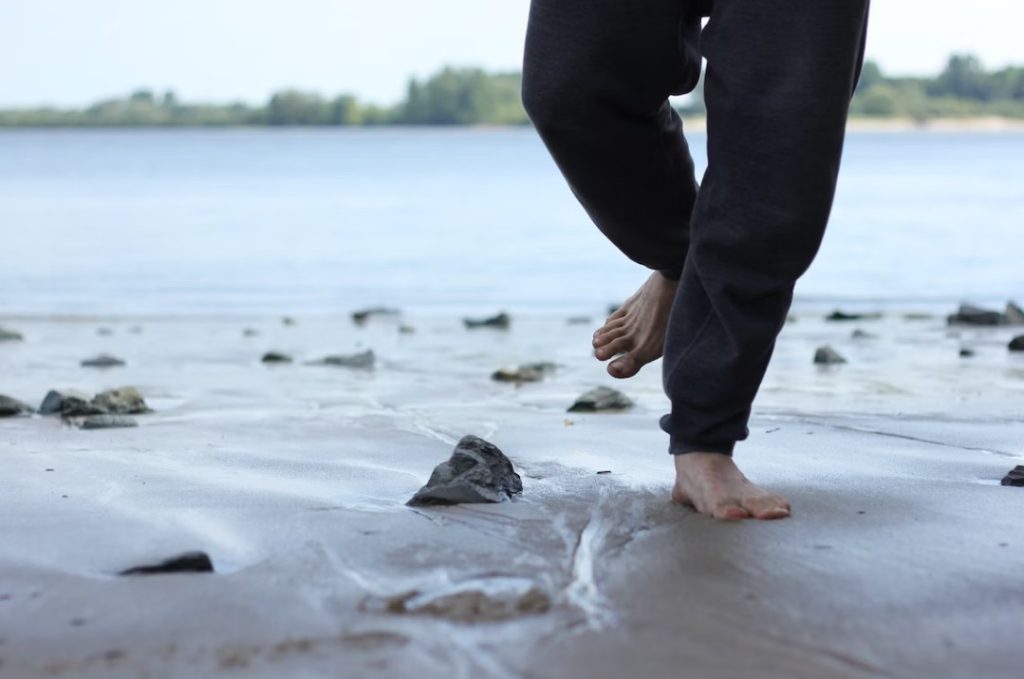
Treatments for Supination Flat Feet
If you have flat feet, there are several things that can be done to help you get the most out of your life. The first thing to remember is that early intervention is key. If you wait too long before seeking treatment, the condition could become more severe and more difficult to treat in the future.
Fortunately, there are many treatments available for people with supination flat feet–from physical therapy exercises and orthotic shoe inserts all the way up to supportive footwear and footwear mod
Orthotic Shoe Inserts
If you have flat feet, then orthotic shoe inserts can help correct the alignment of your feet. These custom-made insoles are designed to support the foot and correct its alignment. They can also reduce pain and discomfort caused by flat feet. The use of these devices is often recommended as a first step in treating supination flat feet because they’re easy to use, they’re effective at helping with symptoms like heel pain, arch pain and toe cramping (which are common among people who have this condition), and they’re affordable compared with other treatment options such as surgery or injections into the foot joints

Supportive Footwear
Supportive footwear is essential for the treatment of supination flat feet. Shoes that are not supportive can lead to pain, discomfort and even damage to the foot.
Custom-made shoes can be purchased online and they are not expensive.
Physical Therapy
Physical therapy can help to treat the cause of supination flat feet. Physical therapists are trained to evaluate and treat injuries, such as foot pain or ankle sprains. They may also work with patients who have arthritis or other joint problems that cause them to have difficulty moving their feet.
A physical therapist can help you strengthen your muscles in your feet, ankles and hips so they’re able to support you better during everyday activities such as walking or running. This can improve both posture and mobility while also reducing stress on joints throughout the body including those in your lower back region.
Strengthening Exercises
When it comes to strengthening exercises, there are a few key things you need to keep in mind. First, make sure that the exercise you’re doing is appropriate for your condition. If you have supination flat feet and are trying to strengthen the muscles on the bottom of your foot, this isn’t going to be very effective because those muscles aren’t working properly! Second, choose an exercise that works several different muscle groups at once–it’s best if it also targets all three planes of motion (squatting/calf raises work both sagittal plane and frontal plane). Finally, progression is key: don’t move onto advanced variations until you’ve mastered all previous levels of difficulty!
Avoiding Overpronation
The most important component of treatment for supination flat feet is to avoid overpronation. Overpronation can lead to a host of other problems, including pain in the knees, ankles and hips. The stress placed on these joints as they compensate for an unstable foot leads to inflammation which can cause additional problems down the road.
If you have supination flat feet and are experiencing pain or discomfort while walking or running then it is important that you see a podiatrist who specializes in treating this condition so that they can properly assess your gait pattern and provide recommendations for footwear options that will help reduce excessive pronation while preserving comfort.
Footwear Modifications
- Shoes should fit properly. For flat feet, a shoe that is too tight can cause pain and discomfort. The same goes for shoes that are too loose–they may not provide enough support.
- Shoes should provide enough support for your foot, ankle, and lower leg muscles to work properly while walking or running on hard surfaces such as concrete or asphalt (which could lead to injury).
- The cushioning of your footwear should be well-cushioned so as not to put undue pressure on your joints when you land after jumping or landing from high places like stairs. It’s also important that this cushioning be flexible so it doesn’t break down over time due to repeated use by one person over long periods of time – especially if they’re overweight!
- If possible try on different brands before buying them online because each brand has different sizing standards which means one size may fit differently depending on what company made it!
The Role of Insoles in Treatment
Insoles are an essential part of a good treatment plan for flat feet. They can help to reduce pain and discomfort, correct pronation and improve posture. Insoles can also reduce foot fatigue by offering extra support under the arch of your foot. If you’re looking to increase stability or balance while walking, insoles can provide extra cushioning so that every step feels comfortable without compromising performance levels on uneven surfaces (such as gravel).
The right pair of insoles should be able to offer all these things at once!
Addressing Pain and Discomfort
Pain is a warning sign that something is wrong. It can be caused by a variety of factors, such as:
- Inflammation
- Tissue injury
- Mechanical stress (for example, overuse)
Pain can also be managed with lifestyle changes. For example, you may need to take time off from your usual activities and rest your feet until they heal. In some cases, medication or other therapies may help relieve the pain associated with flat feet.
When Surgery is Considered
Surgery is a last resort. It’s rarely needed, and when it is, it’s expensive. If you have flat feet and your doctor recommends surgery, ask why. Make sure you understand the risks involved in any procedure before making a decision to go ahead with it–and remember that there are many other ways to treat flat feet without going under the knife.
Preventing Supination Flat Feet
In order to prevent flat feet, it’s important to wear supportive shoes and avoid high heels. Avoid standing for long periods of time, and take frequent breaks from standing if possible. Wear compression socks if you can’t find other ways to relieve pressure on your feet because they will help keep them dry and clean as well as provide support for your arches.
Conclusion
Supination flat feet can cause discomfort and affect daily activities, but with the right knowledge and treatment options, it is possible to alleviate symptoms and improve foot function. If you suspect you have supination flat feet or are experiencing related symptoms, it is recommended to consult a healthcare professional for an accurate diagnosis and personalized treatment plan. Remember, addressing supination flat feet is crucial to prevent further complications and maintain overall foot health.
Don’t let supination flat feet hold you back any longer. Take control and explore the treatment options that work best for you. Find relief and get back to enjoying your favorite activities with confidence and comfort.
Frequently Asked Question
Can I treat supination flat feet at home?
While mild cases may find relief with home care, it’s essential to consult a healthcare professional for an accurate diagnosis and appropriate treatment plan.
Are supination flat feet the same as high arches?
Supination flat feet are often associated with high arches, but they are not precisely the same. High arches refer to the anatomical structure, while supination involves the outward rolling motion during movement.
Can wearing unsupportive shoes cause supination flat feet?
Yes, wearing shoes without proper arch support can contribute to the development of supination flat feet, especially in individuals with a genetic predisposition.
Is surgery the only solution for severe cases of supination?
Surgery is considered when conservative treatments fail to provide relief. However, it is not the first line of treatment and is only recommended in severe cases.
Do i need sneakers with supination for flat feet
People with flat feet and supination can benefit from wearing sneakers specifically designed to address both conditions. These shoes offer better support and stability, which can help alleviate discomfort and reduce the risk of injuries. It is recommended to look for shoes with arch support, cushioning, stability and motion control, and breathable and comfortable materials. Brands known for their supportive features include Brooks, Asics, New Balance, and Saucony.
Can you supination with flat feet
Yes, it is possible to have supination with flat feet. Supination refers to the outward rolling motion of the foot during the walking or running gait cycle, where the weight is primarily placed on the outer edge of the foot. On the other hand, flat feet, also known as fallen arches, is a condition where the arches of the feet are significantly reduced or nonexistent, causing the entire sole to make contact with the ground.
Do people with flat feet pronate or supinate
Individuals with flat feet can either pronate or supinate, depending on their individual biomechanics. Pronation refers to the inward rolling motion of the foot, while supination refers to the outward rolling motion during the walking or running gait cycle. Flat feet, also known as fallen arches, is a condition in which the arches of the feet are significantly reduced or nonexistent, causing the entire sole to make contact with the ground.
Although flat feet often correlate with pronation, some individuals with flat feet may supinate instead. Overpronation is more common in people with flat feet. Their feet and ankle may have difficulty stabilizing the body, and their big toe and second toe mainly do the push-off work during walking or running. In contrast, supination is more common in people with higher arches.



